A Short Guide To Diabetes For the Regular Person

Introduction
Today I'm going to talk a little bit about diabetes or to use the correct name diabetes mellitus (DM).
I've previously discussed how I have to take insulin after I developed pancreatitis and on discussing this with others have realised that there is a lot of confusion about what diabetes is and the actual types.
Since I am also a medical doctor I thought it might be useful to cover some of the basics of this common set of conditions.
I will try to make this as short and as easily accessible as possible.
NOTE: This article is for education and informational purposes only. It is not a substitute for medical advice or treatment. If you think you may be diabetic consult your physician.
A little bit of revision on energy metabolism and glucose
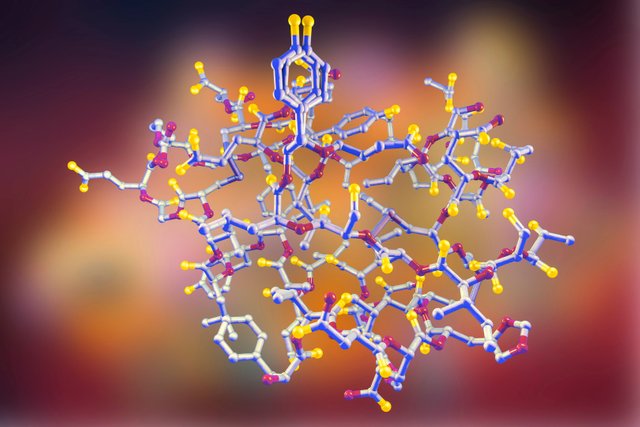
Diagram of an insulin molecule.
You probably learned at school that our bodies use 2 main forms of energy:
- Sugars which provide fast or immediate energy
and: - Fats which provide energy more slowly.
The main sugar utilised by the body is glucose.
A certain amount of glucose is required by the body all the time. This requires glucose to be stored.
The storage and blood levels are regulated (mainly) by insulin, a hormone that is produced by the pancreas.
Origins and historical context - what does the name mean?

The following is from an excellent article on the history of diabetes by Dr Ananya Mandal:
Diabetes mellitus is derived from the Greek word diabetes meaning siphon - to pass through and the Latin word mellitus meaning honeyed or sweet. This is because in diabetes excess sugar is found in blood as well as the urine. It was known in the 17th century as the “pissing evil”.
The term diabetes was probably coined by Apollonius of Memphis around 250 BC. Diabetes is first recorded in English, in the form diabete, in a medical text written around 1425. It was in 1675 that Thomas Willis added the word “'mellitus'” to the word diabetes. This was because of the sweet taste of the urine.
NB: There is also a condition called diabetes insipidus. This has some similar symptoms to DM but has a completely different cause which is not related to energy metabolism. The wikipedia article gives a good summary and I will link it in the references in case you want to find out about it.
The 2 Types of Diabetes Mellitus
The central feature of diabetes is a either a lack of insulin, or a reduced sensitivity to insulin.
In the former case (lack of insulin) we refer to it as type I diabetes.
In the latter case (reduced insulin sensitivity) we refer to it as type II diabetes.
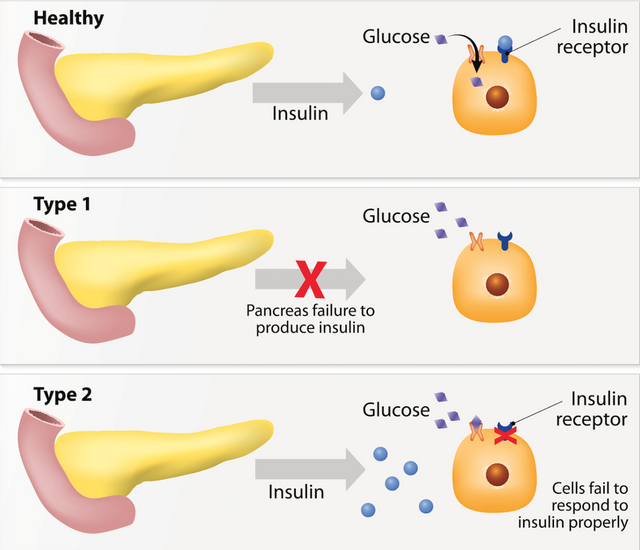
It is probably more complicated than this but for the purposes of this article we don't need to get into that.
The end result of reduced insulin or insulin sensitivity is an elevated blood glucose level known as hyperglycaemia.
Why is elevated glucose bad?
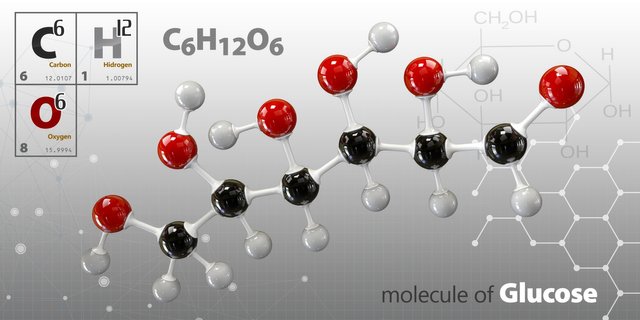
Glucose is actually quite a reactive compound. It undergoes various reactions with cellular components which cause damage.
One of the most serious ways that this affects health is by causing damage to blood vessels (particularly small ones).
This is the main cause of the complications of uncontrolled diabetes.
Type 1 DM - Summary of Features:
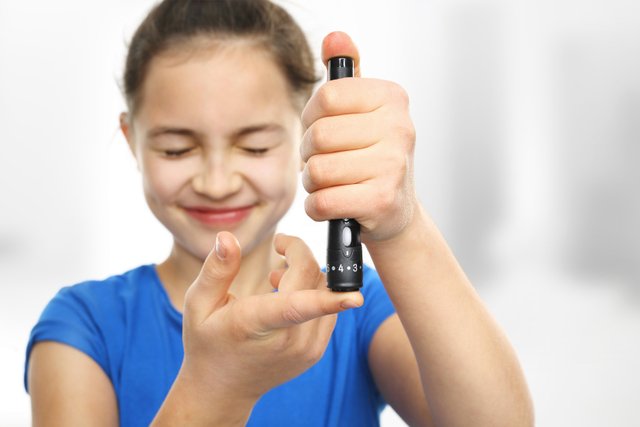
- Usually adolescent onset but can occur at any age.
- Main cause is destruction of the pancreatic cells which produce insulin - commonly due to an autoimmune response (although there are other causes which are beyond the scope of this article).
- Patients must have insulin.
- Patients are prone to weight loss and ketoacidosis if inadequately treated.
- 30% concordance in identical twins (meaning the likelihood of both twins having it), this suggests a primarily environmental component e.g. cross reactivity with certain viruses.
NB - ketoacidosis is a complication that occurs when the body is mainly metabolising fats, you may be familiar with the term ketosis. In certain diabetic patients this can run out of control causing an excess of ketones that can be life threatening. You can read a simple explanation here.
Type 2 DM - Summary of Features:
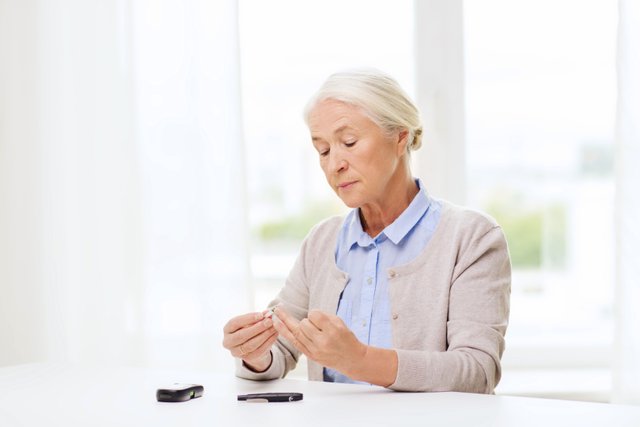
- Used to be called Non Insulin Dependent DM or NIDDM. Changed since sometimes these patients require insulin.
- This is the type that is rising and we hear about most in the news.
- Associated with lifestyle factors: obesity, lack of exercise, alcohol excess, older age.
- Strong genetic influence - greater than 80% concordance in identical twins, also higher rates in men, Asian origin.
Symptoms for both types
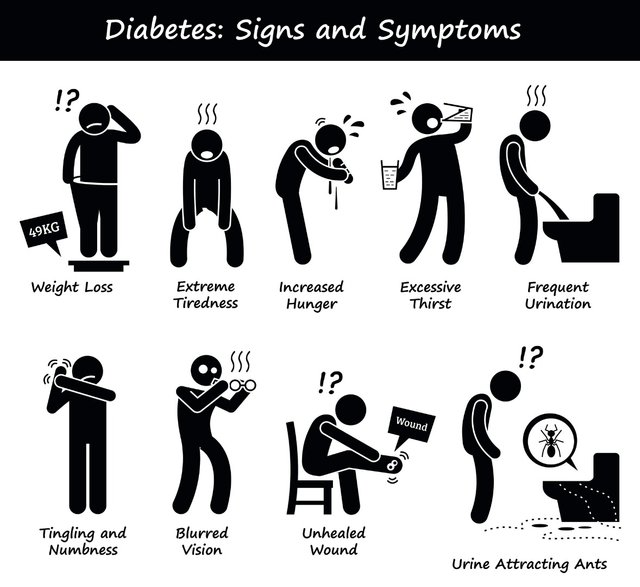
These are mostly due to elevated blood glucose or hyperglycaemia which is the medical term (low blood glucose/hypoglycaemia will be considered separately):
- Increased frequency of passing urine (your kidneys can't work correctly when your blood glucose goes above a certain level).
- Increased thirst - this is mainly due to increased water loss due to point 2 so you dehydrate more quickly.
- Unexplained weight loss - this is because it becomes harder for your tissues to utilise glucose (lack of storage) and so your body starts breaking down fats and muscle tissue both as alternative energy sources and to create new glucose (gluconeogenesis). Remember your body ALWAYS needs a certain amount of glucose.
- Tiredness/Lethargy - a general lack of energy during daily activities.
- Visual disturbances (blurred vision).
- Infections such as thrush (candidiasis) indicating impaired blood supply and immune function.
- Loss of or Altered Sensation - due to nerve damage.
Diagnosis

This is usually via tests done by your doctor:
- In the UK a fasting blood level of >7 mmol/L of glucose is normally used.
- There is also something called an oral glucose tolerance test which can be used. (The patient is given some glucose and their blood levels are tested after 2 hours).
- HBA1C is another test that is frequently done - this gives an estimate of long term glucose control. It is an indicator of glucose reacting with the haemoglobin in your blood. Above 48mmol/L or 6.5% is considered abnormal.
Treatment for Type 1 DM
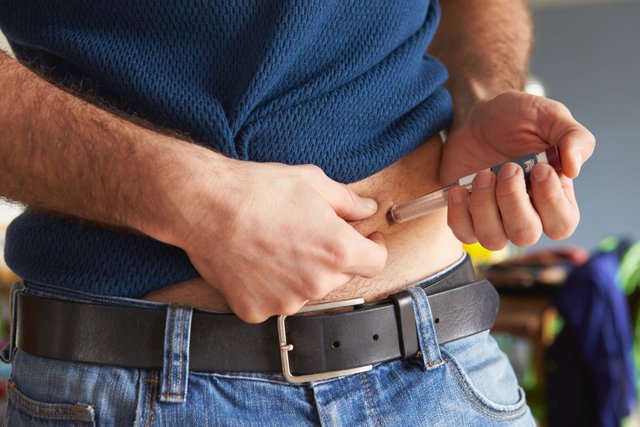
For type 1 diabetes it is pretty simple - insulin. Insulin cannot be absorbed orally and must be administered as a subcutaneous injection.
There are different types (long, intermediate, short acting) which can be combined in different ways.
A common method is as follows and is the method I use. There are other regimens too though and the type you use will be determined by discussion with your diabetic team:
- Long acting insulin once per day.
- Short acting insulin before every meal.
- Regular testing of blood glucose (finger prick method) prior to meals and also more frequently under certain circumstances (e.g. hypoglycaemia, when driving, alterations to diet/exercise etc.).
Treatment for Type 2 DM
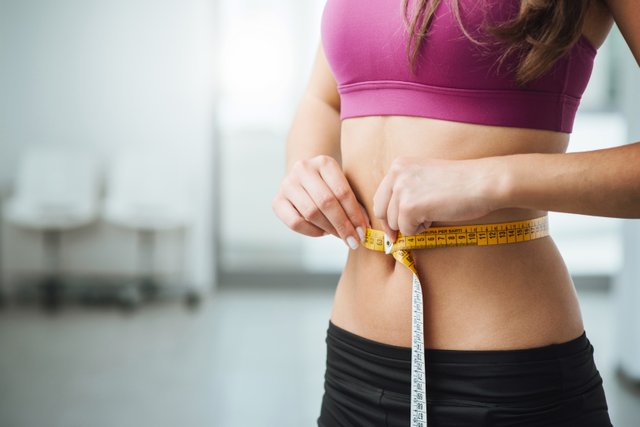
This is dependent on severity:
- Initially education and lifestyle advice : diet, exercise etc.
- Control other cardiovascular risk factors: BP, smoking, cholesterol.
- Medication: Some of these can cause hypoglycaemia (like insulin). It is beyond the scope of this article to go through them in detail.
- Insulin may be required in some cases.
Both types need regular review:

- This can be done in a diabetic clinic either at a hospital or in the community at your GP or Health Centre.
- In the UK these are normally multidisciplinary with a diabetologist/physician, diabetic nurse and dietician.
- Blood tests will be done regularly to check levels of glucose, HBA1C, liver and kidney function.
- It is also common to test things like cholesterol, blood pressure, triglyceride (blood fats) due to the associated risk factors for cardiovascular disease.
- There also needs to be regular testing of general physical health, eyes, feet and extremities to look out for vascular complications.
What is hypoglaecemia?
This is basically "low blood glucose" and usually results from having too much insulin or anti-diabetic medication for the circumstances.
Not all anti-diabetic medications cause hypoglycaemia - for example it is almost unheard of in patients taking metformin alone. The greatest risk is from insulin.
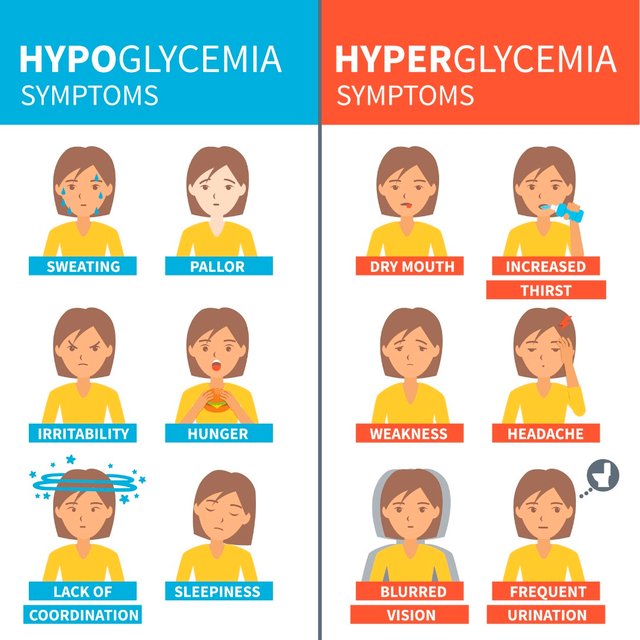
Symptoms include:
- Shakiness
- Nervousness or anxiety
- Sweating, chills and clamminess
- Irritability or impatience
- Confusion, including delirium
- Rapid/fast heartbeat
- Lightheadedness or dizziness
- Hunger and nausea
- Sleepiness
- Blurred/impaired vision
- Tingling or numbness in the lips or tongue
- Headaches
- Weakness or fatigue
- Anger, stubbornness, or sadness
- Lack of coordination
- Nightmares or crying out during sleep
- Seizures
- Unconsciousness
As I stated before you need a certain amount of glucose all of the time (particularly for the brain). If it falls too low that can result in loss of consciousness and ultimately death.
Why does hypoglycaemia occur?

It usually occurs when you have either overestimated how much insulin you need or for some reason you have not eaten as much as you expected - e.g. nausea, vomiting during illness. Exercise can also sometimes catch you out.
Certain types of exercise can reduce your insulin requirement (e.g. aerobics, walking). Other types particularly weight training (in my personal experience) increase the amount you need (probably due to release of stress hormones).
Treating hypoglycaemia
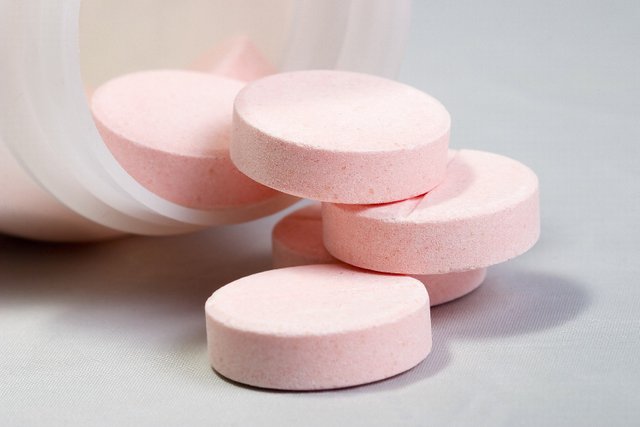
The treatment for hypoglycaemia is to eat something sugary - this can be either something that contains glucose or regular sugar (sucrose which is part glucose).
I usually carry some glucose tablets with me (they taste horrible) but they have been useful on several occasions.
After taking about 15-20 grams of glucose you need to check it again after 15 minutes. It is also recommended to have a small snack (usually something starchy) afterwards to maintain glucose levels until your next meal (if it is more than an hour away).
My experience of hypoglycaemia
For me it manifests in two different ways depending on how quickly my blood glucose falls.
- If it happens slowly I tend to become very irritable and argumentative. I can also get a throbbing headache.
- If it falls more quickly I get a severe panicky sort of feeling, with sweating, a racing pulse and dizziness.
Complications of inadequately treated diabetes
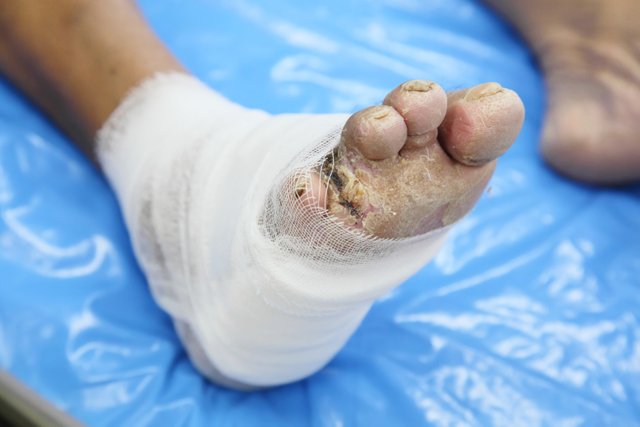
As I stated before inadequately treated diabetes causes damage to all the tissues and organs in your body. The greatest toll is taken on small blood vessels. The main complications are:
- Cardiovascular Disease - e.g. angina, heart attacks and stroke.
- Nerve Damage (neuropathy) - this can cause tingling, numbness, loss of sensation, insensitivity to pain, erectile dysfunction.
- Kidney Damage (nephropathy) - this can lead to kidney failure which may require dialysis or transplant.
- Eye Damage (retinopathy) - this is due to damage and extra growth of blood vessels in the eye. Due to the way the vertebrate eye works new vessel growth is bad. Blindness can be the end result. There is also increased risk of cataracts and glaucoma.
- Foot Damage - due to both loss of sensation and vascular impariment. Wounds to the foot are less likely to be noticed and healing is impaired.
- Skin Conditions - e.g. bacterial and fungal infections due to vascular impairment and reduced immune access.
- Hearing Impairment - this is more common in diabetes.
- Dementias e.g. Alzheimer's disease - poor control of blood glucose is associated with this although the exact mechanism is unknown. Also note the association with stroke mentioned previously also increases the risk of associated vascular dementia.
NB - This is not an exhaustive list and we are learning more all the time.
Conclusion
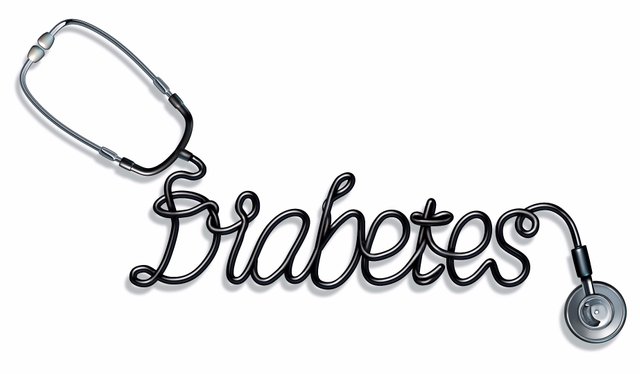
I hope this has given a useful summary of diabetes mellitus without being too long and you have found it easy to understand.
Since I also have type 1 diabetes myself I think it gives me a unique perspective that other health professionals often don't have. Feel free to ask me any questions :)
Please let me know what you think and also let me know of any errors so I can correct them!
Thank you for reading.

Sources:
J. Murray Longmore, Murray Longmore, Ian Wilkinson. 2014. Oxford Handbook of Clinical Medicine. 9th Edition. Vol. 1. Oxford University Press.
Cashin-Garbutt, April. 2009. “History of Diabetes.” News-Medical.net. December 3. http://www.news-medical.net/health/History-of-Diabetes.aspx.
“Hypoglycemia (Low Blood Glucose).” 2017. American Diabetes Association. Accessed January 3 2017. http://www.diabetes.org/living-with-diabetes/treatment-and-care/blood-glucose-control/hypoglycemia-low-blood.html?referrer=https://www.google.co.uk/.
“Diabetes Complications - Mayo Clinic.” 2017. Mayo Clinic. Accessed January 3 2017. http://www.mayoclinic.org/diseases-conditions/diabetes/basics/complications/con-20033091.
“Diabetes Mellitus.” Wikipedia, The Free Encyclopedia. Accessed: January 3 2017. https://en.wikipedia.org/w/index.php?title=Diabetes_mellitus&oldid=758143915.
“Diabetes Insipidus.” Wikipedia, The Free Encyclopedia. Accessed: January 3 2017. https://en.wikipedia.org/w/index.php?title=Diabetes_insipidus&oldid=749177916.
If you like my work please follow me and check out my blog - @thecryptofiend
All uncredited photos are taken from my personal Thinkstock Photography account. More information can be provided on request.
Are you new to Steemit and Looking for Answers? - Try https://www.steemithelp.net.

Fantastic article, efficient and clear summary. You have inspired me to share my diabetes II experience and how I got it under control.
Thank you that is excellent.
Wow, thank you so very much for one of the very best, if not the best, article I have read on Steemit.com!!! You get my upvote and a total re-steem as well. Awesome work and followed from here on as well. Namaste :)
Thank you:)
This post has been ranked within the top 10 most undervalued posts in the second half of Jan 03. We estimate that this post is undervalued by $24.89 as compared to a scenario in which every voter had an equal say.
See the full rankings and details in The Daily Tribune: Jan 03 - Part II. You can also read about some of our methodology, data analysis and technical details in our initial post.
If you are the author and would prefer not to receive these comments, simply reply "Stop" to this comment.
Thank you:)
I've read some articles that say reversal of type 1 and 2 is possible with calorie restriction and carb reduction. What do you think of this?
For type 1 no because no matter what you do you need insulin and it is potentially dangerous if someone is suggesting that. The best you can hope for in type 1 is that you might reduce your insulin requirements by reducing your sugar intake.
For type 2 you can certainly reduce the severity with lifestyle changes as in most cases of type 2 they are producing enough insulin and the problem is due to reduced sensitivity. This can be altered by diet and exercise.
An amazing article @thecryptofiend
Very informative without being too complicated. I've always gotten the two types of Diabetes mixed. My mother-in-law suffers with type II mainly due to her lack of good diet and exercise. Weight has been a serious issue for her - which also stems from a negative mindset (IMHO).
https://twitter.com/merej99/status/816439594942074880
Thanks so much!
Thank you...very informative! I got more out of your article than from many doctors I've consulted. I have Type 2 and use Metformin and Lantus although I've pretty much been able to stop the insulin injections because of dietary modifications. Another good resource, particularly for people that don't have it yet, is a book by William Dufty called Sugar Blues...I recommend everyone should read it. Thanks again.
Thanks glad you found it useful!
This is very interesting. My gf's grandmother has this pretty severely... thank you for shedding some light on a truly terrible disease.
You're welcome. Yes I think particularly with type 2 most people don't realise how serious it can be!
Post was very helpful. I am grateful to my paintings you see on the page.
outrageous post m8 ! i had a smiliar idea on my mind as well
Thank you. You should do it - this is by no means comprehensive. I had to cut a lot out to make it readable:)
i belive you
Thank you for this information. You did big effort for it. How much time did you take to make this post?
A lot of hours I've been working on it for a while:) The hard part is actually cutting it down to make it simple and easy to understand - thank you for your kind words.